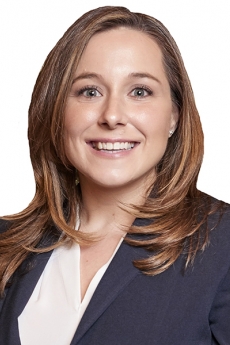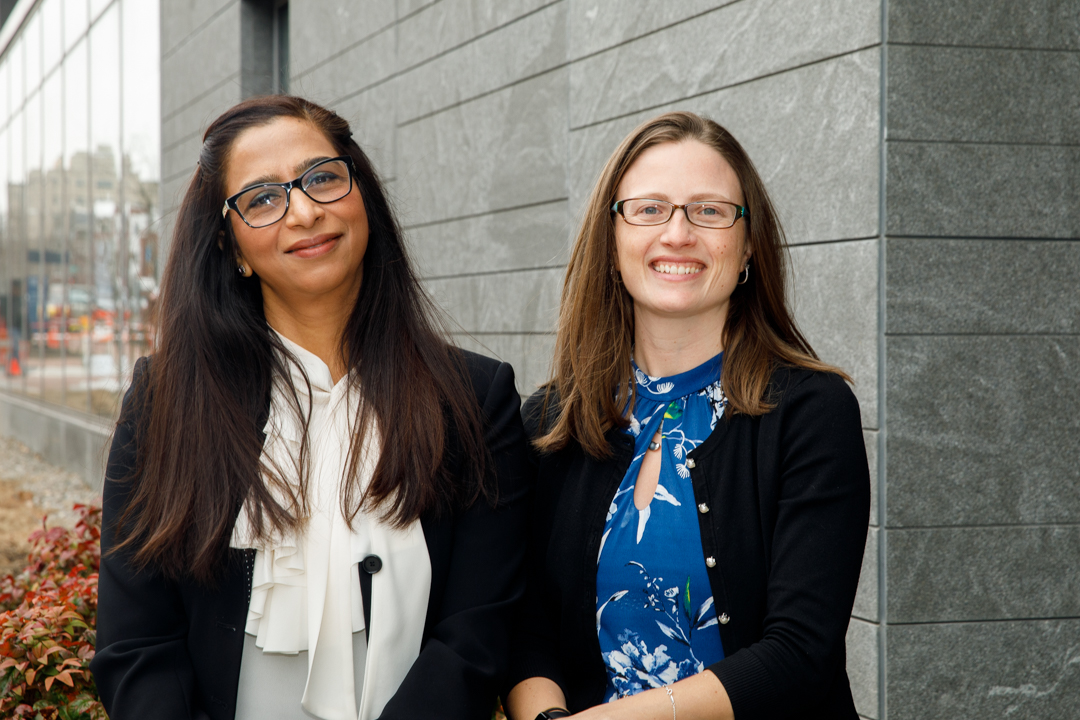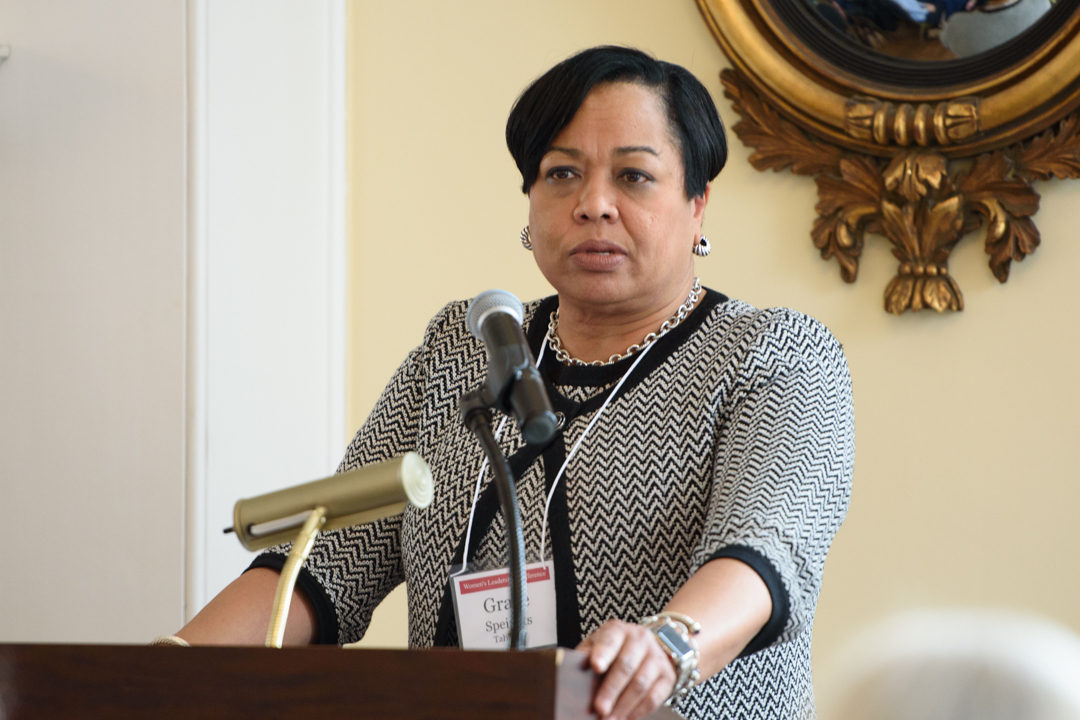 By Briahnna Brown
By Briahnna Brown
The #MeToo movement sparked national conversation as more light was shed on the need to repair harmful workplace culture in every sector.
Katina Sawyer, an assistant professor of management in the George Washington University School of Business, aims to find solutions to this problem through her research into the benefits of gender-inclusive leadership. With a $185,000 grant from the National Science Foundation, Dr. Sawyer will examine inclusive leader behaviors through interviews with people who think they have benefited from an inclusive leader.
A better understanding of inclusive leadership and its impact on workplace culture will help Dr. Sawyer create a standard of best practices that can lead to systematic, evidence-based changes in workplace inclusion.
She shared some of the desired outcomes of this research with GW Today:
Q: What is gender equity, and what are some examples of inclusive workplace behaviors?
A: Gender equity is the idea that women and men are starting from a level playing field in organizations. This means that there may be actions that need to be taken to focus on ensuring that women have equal access (mentoring, training opportunities, coaching, etc.) before equality will have the intended impact.
If you treat everyone the same, but they aren't starting from the same place, you aren't making things more unequal, but you aren't making things equal either. While the research is still in the very early stages, it does seem that inclusive leaders have this focus. It's not just about equality—it’s about recognizing that specific resources might need to be deployed to ensure equality first.
Q: What inspired this research?
A: I have delivered a lot of diversity and inclusion training in the classroom or in corporate settings, and it gets tiring to constantly be presenting to rooms of women about gender equity or rooms of people of color about racial equity. It makes sense that things won't change without support of the majority, but it's hard to get people motivated to help if they don't know what to do. Figuring out what they should be doing to drive inclusivity might spark action and change.
Q: What has existing research shown?
A: Right now, there is very little research on the behaviors that drive inclusivity in organizations or on inclusivity in general. That's why this project is important to complete. We know a lot about what not to do (e.g., discriminate, harass, exclude, etc.), but don't know very much about what you should be doing to enact inclusive cultures.
Q: What do you hope to find?
A: I don't necessarily hope to find anything in particular—I mostly hope to uncover tactics that will be helpful for informing leaders who wish to be inclusive but don't know how. I also hope to better understand the impact of inclusivity to help drive the business case for diversity and inclusion in workplaces.
Q: What change do you hope comes out of this research?
A: I want to see everyone at the table when it comes to diversity and inclusion issues—regardless of demographic. It takes every single person to change a culture. So, overall, I hope that this work helps to make the impetus to join the conversation more urgent, both from a personal and business perspective, and the invitation to be a part of the solution seem less daunting.



